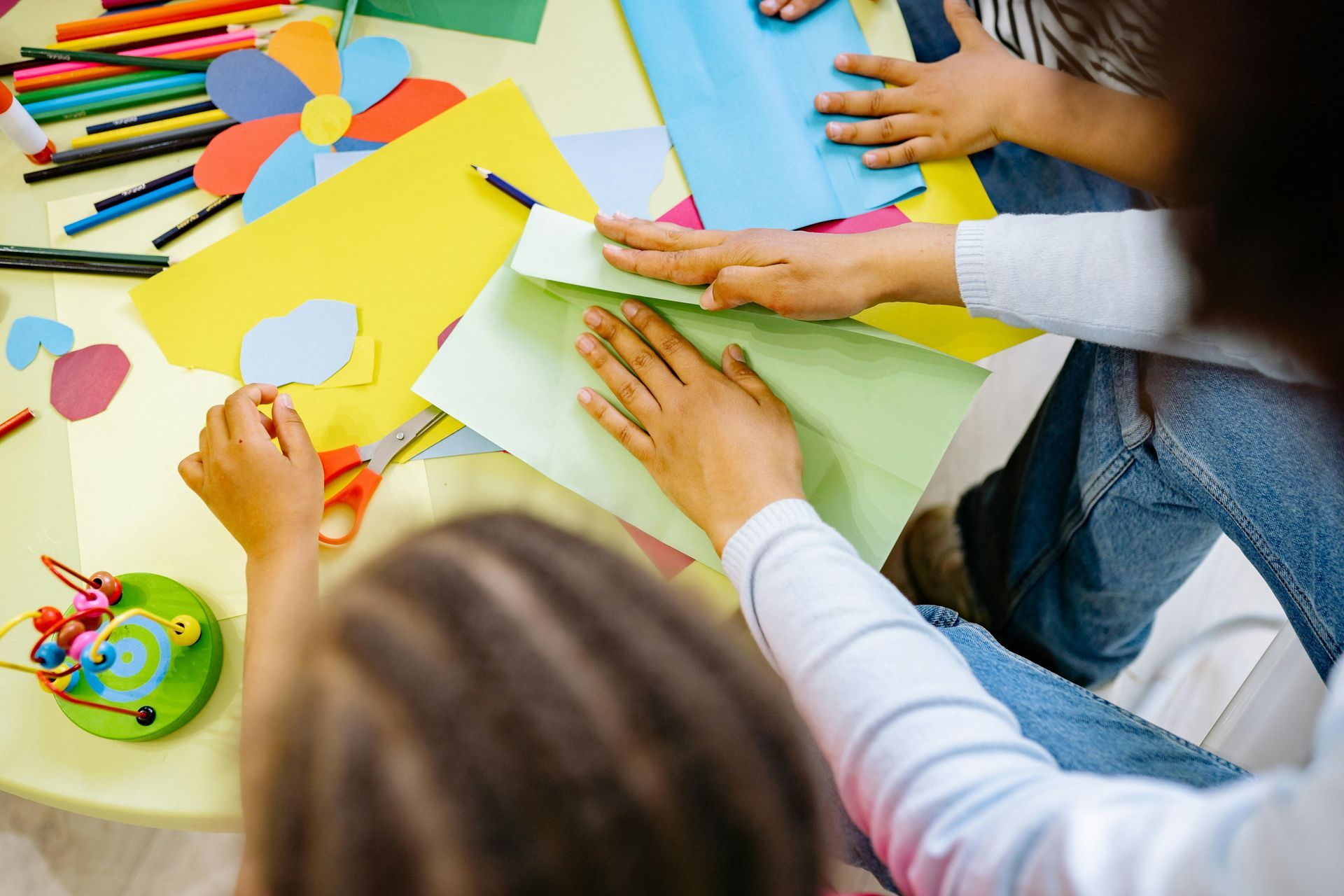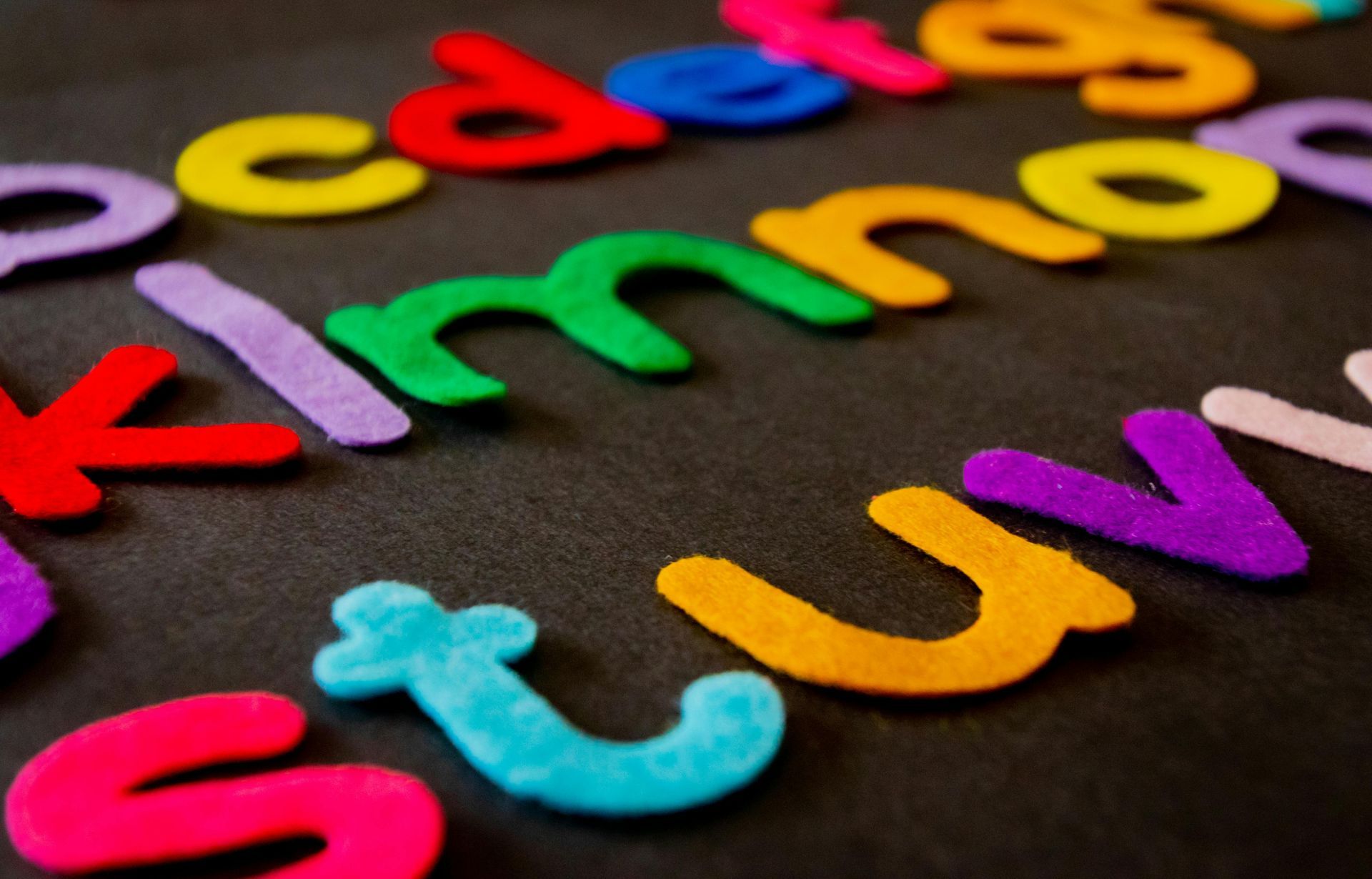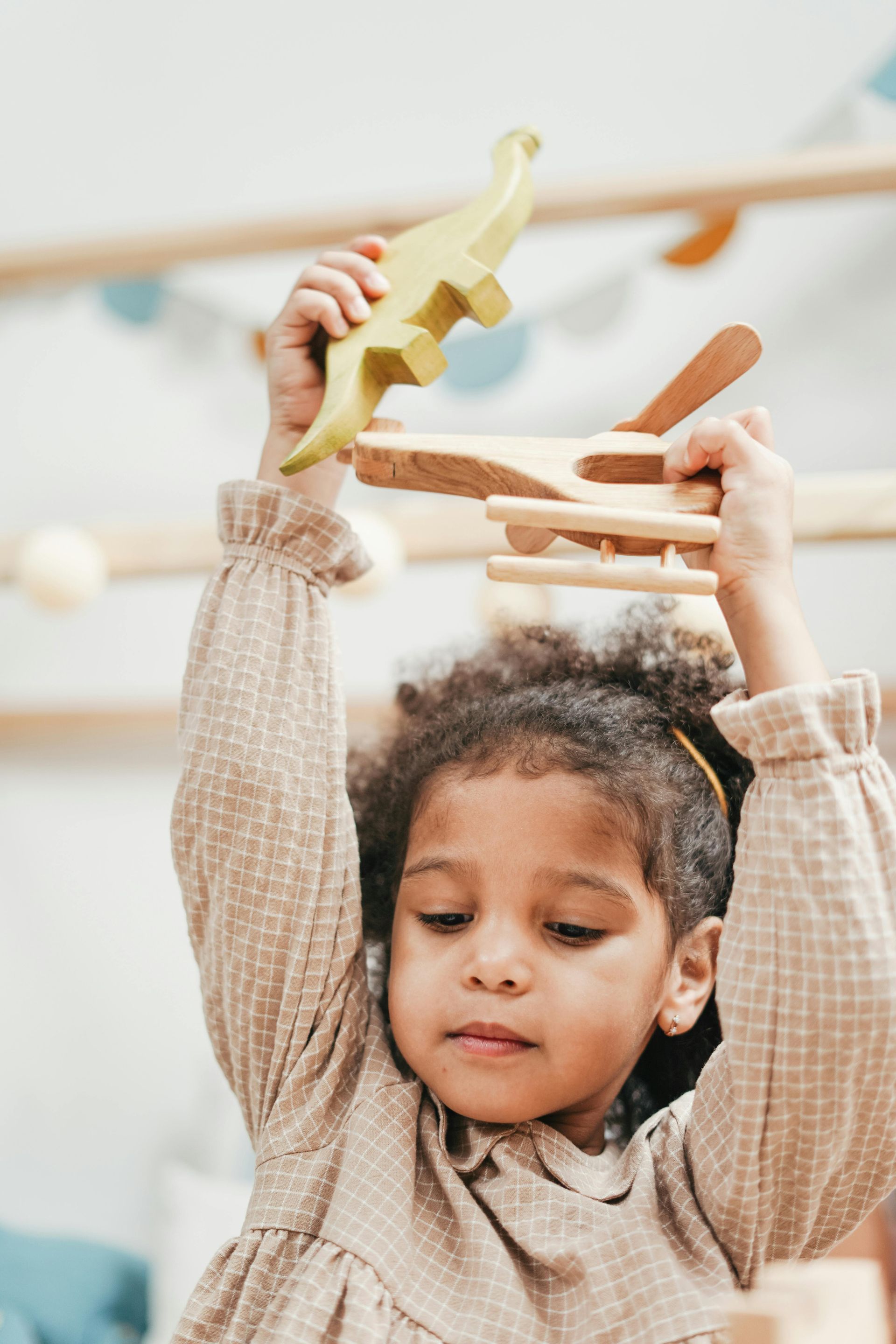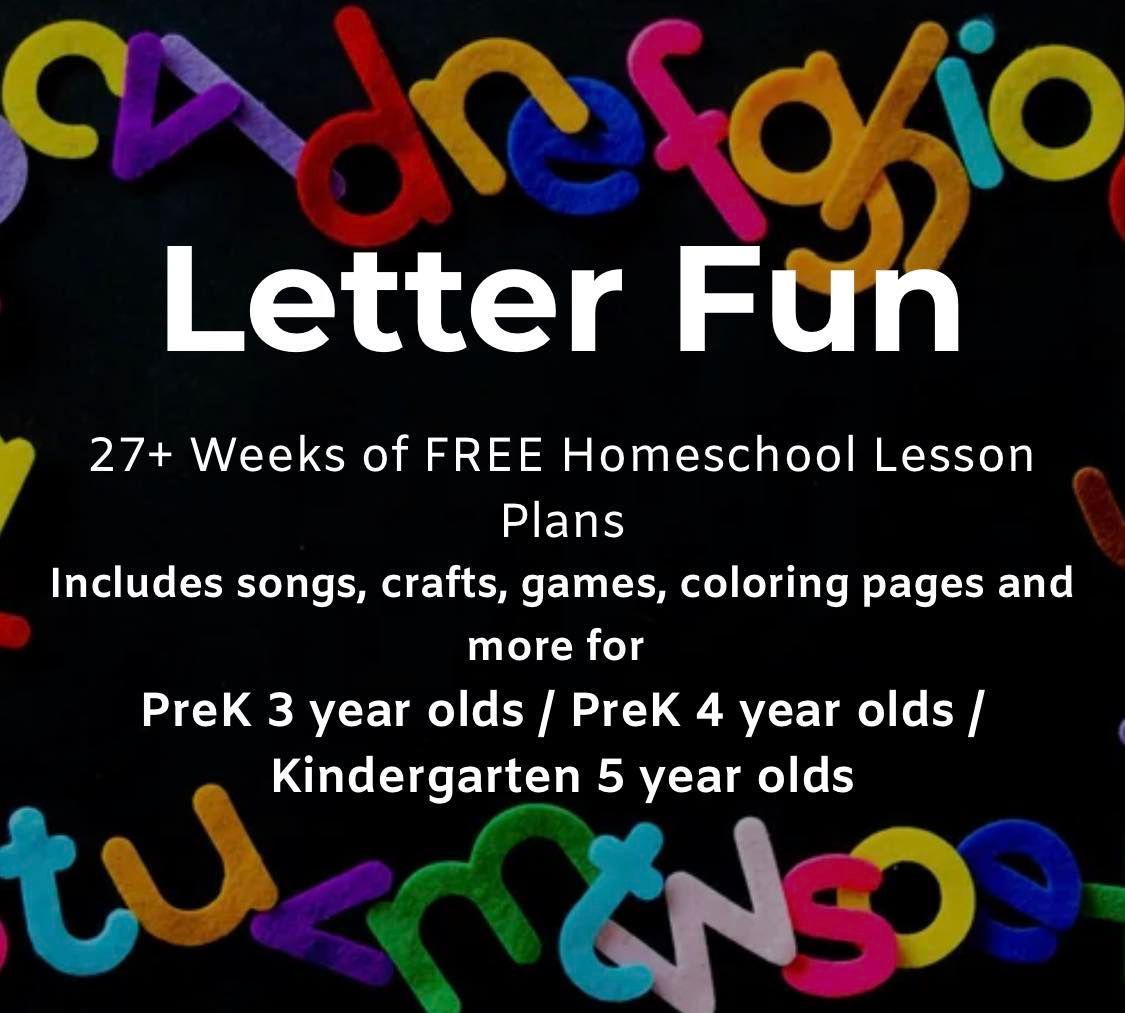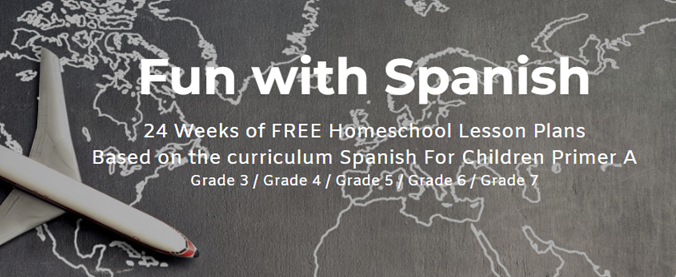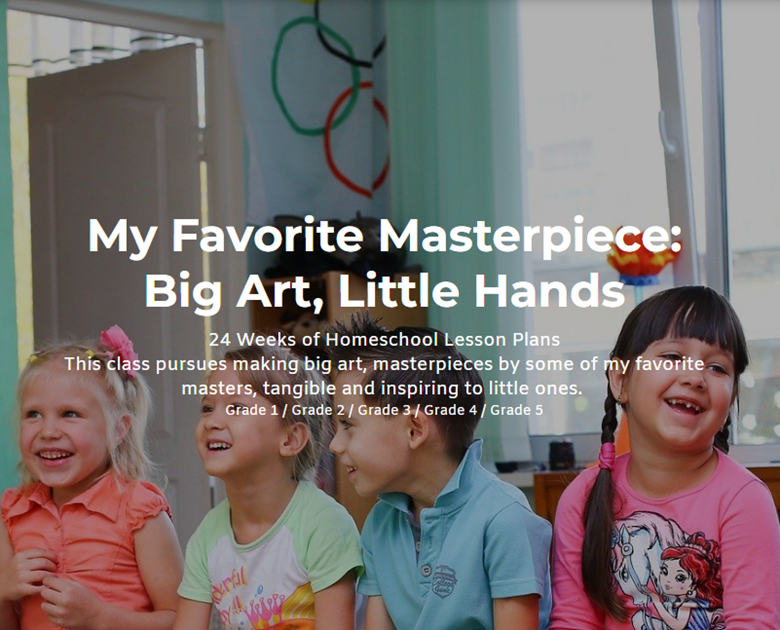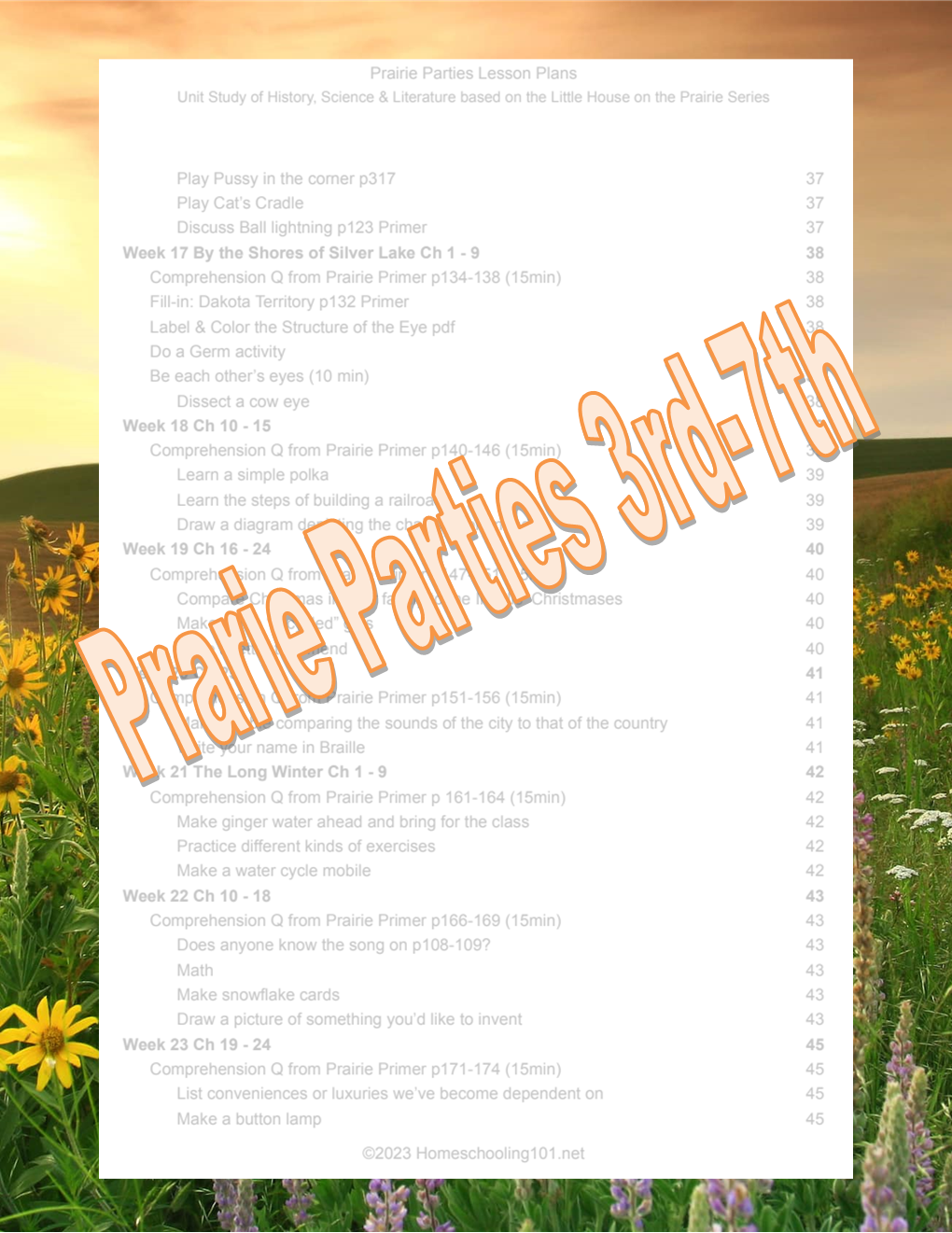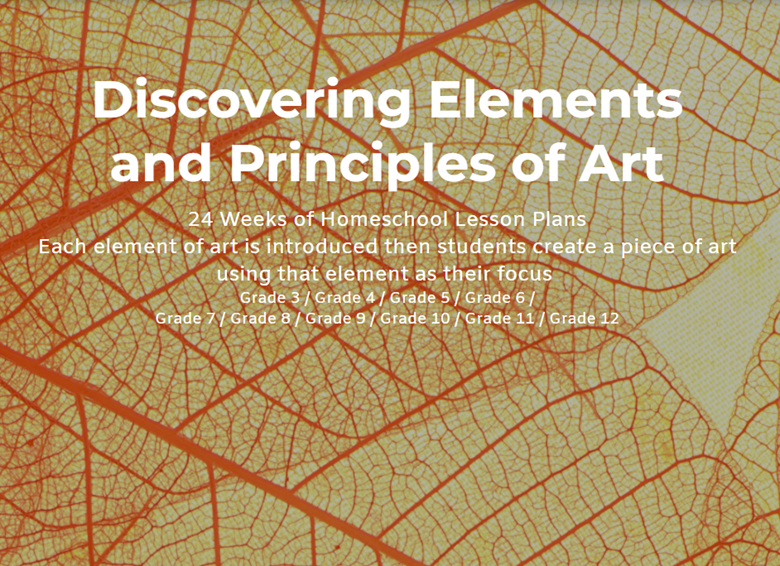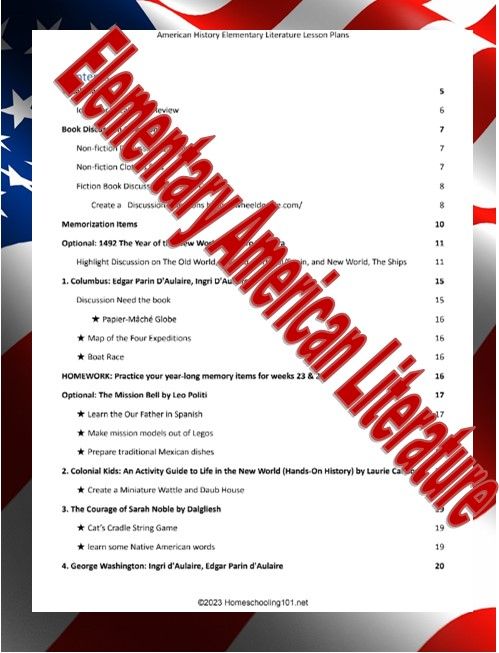555-555-5555
Math Made Fun: Teaching Preschoolers & Kindergarteners to Love Numbers
How to Incorporate Math into Everyday Life and Set Your Child Up for Success
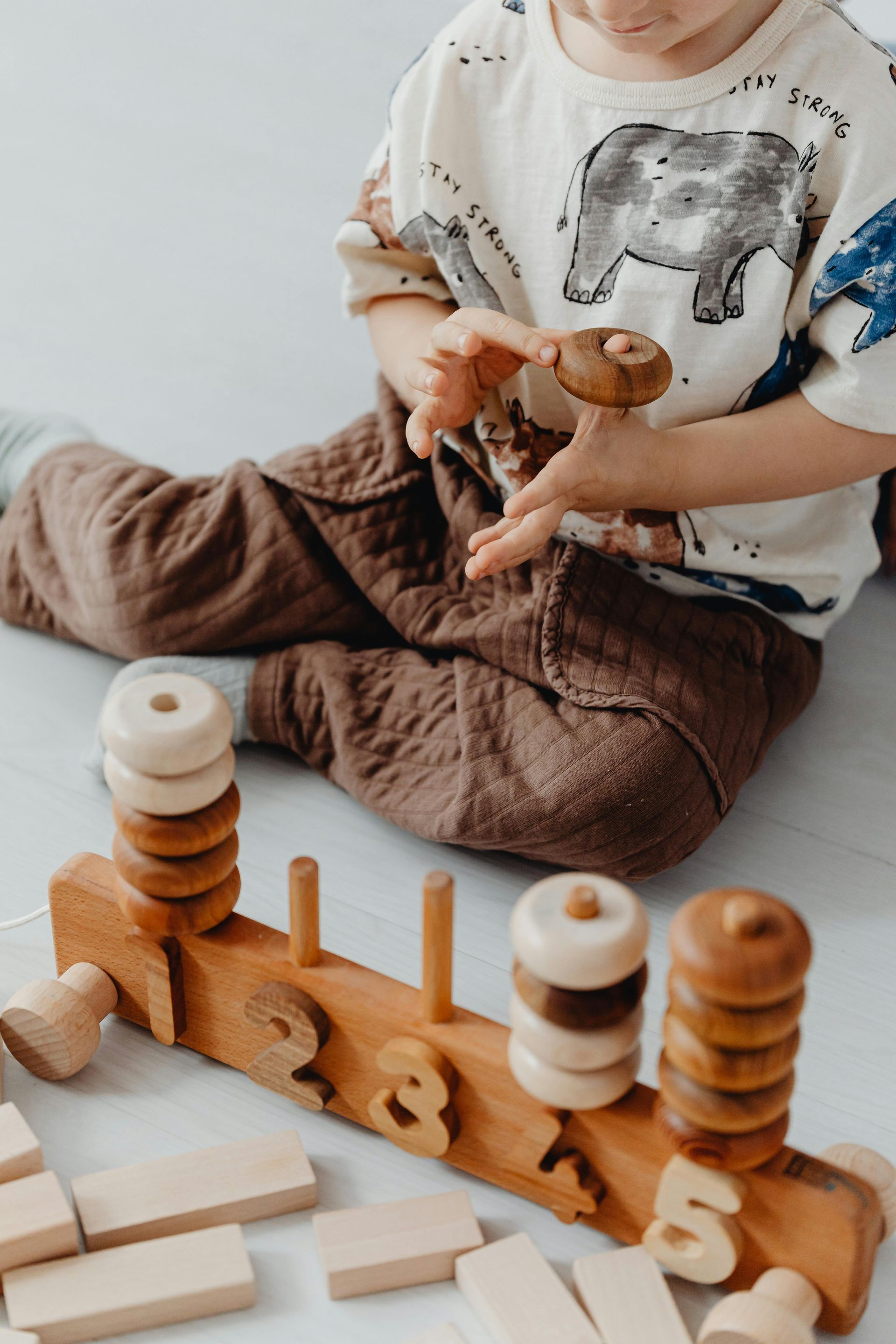
Math Made Fun: Teaching Preschoolers & Kindergarteners to Love Numbers
How to Incorporate Math into Everyday Life and Set Your Child Up for Success
Math doesn’t have to be a stressful or dreaded subject for young children. In fact, when taught in a fun, relaxed manner, math can become a natural part of everyday life. For preschoolers and kindergarteners, learning math is all about exploration, play, and connecting numbers to the world around them. In this blog post, we’ll explore how to teach math in a way that’s engaging, interactive, and ultimately sets the foundation for 1st-grade readiness.
Make Math Part of Everyday Life
From the moment your child wakes up, math can be woven into daily routines. Rather than focusing on worksheets or flashcards, think of math as something that happens naturally. Whether you're baking, shopping, or simply taking a walk outside, there are countless opportunities to integrate counting, measuring, and identifying shapes without even realizing it.
For example, while making breakfast, you could...
- Count the number of pancakes on the plate.
- Compare their sizes (which is the biggest?).
- Sort ingredients by shape or size.
- Estimate how many spoonfuls of flour are needed.
By making math part of everyday activities, children begin to see numbers not as something they have to “learn,” but as tools to understand their world.
Progressing from Preschool to Kindergarten Math
The key to teaching young children math is to make the progression gradual and fun. Each small skill builds on the next, so by the time they’re ready for 1st grade, they’ll have a solid math foundation. Here’s a breakdown of how you can approach math with your preschooler and kindergartener.
Early Math Foundations (Preschool)
At this stage, math is all about exploring numbers, shapes, and simple patterns. Start by -
- Counting objects around the house.
- Recognizing numbers and understanding that they represent quantities (e.g., pointing to 4 apples and saying “This is four apples”).
- Sorting objects by color, size, or shape.
- Identifying simple patterns, like “red, blue, red, blue” with toys or blocks.
Anything like using playdough to form shapes or playing with building blocks help children develop spatial awareness and understand size and position.
Kindergarten: Building on Early Skills
In kindergarten, the focus shifts towards more complex concepts, though it should still be done in an interactive, hands-on way. Now’s the time to introduce -
- Simple addition and subtraction through everyday activities like counting how many blocks are in a tower or subtracting one item when a toy is taken away.
- Comparing numbers and quantities using phrases like "more than" and "less than."
- Measuring objects and comparing their sizes (e.g., "Is this pencil longer than that crayon?").
- Identifying shapes and their characteristics (e.g., “This is a square because it has four equal sides”).
Math games, like a memory match with number cards or sorting objects by size, can make these concepts even more fun and interactive.
First-Grade Readiness
By the time your child is approaching 1st grade, they’ll be working toward more formal math concepts. Remember to teach the child you have and not one you wish you had. Your job is to invite from ahead of the child and walk alongside of the child - not to push them into resenting numbers or feeling like a math failure. Here’s how to build on what you've done WHEN your child is ready.
- Counting to 100 by 1s, 5s, and 10s—counting games and songs can make this more exciting.
- Simple word problems: Use real-life situations to practice addition and subtraction. (“You have 5 cars, and I give you 3 more. How many cars do you have now?”)
- Place value: Teach concepts like “tens” and “ones” with counting cubes or by grouping objects.
- Telling time and recognizing coins and their values. Real-life practice with clocks and play money will reinforce these skills.
Keep It Fun, Keep It Playful
The best way to teach math is through play. Whether it’s singing counting songs, playing games, or simply engaging in a conversation about shapes and numbers, make the experience as fun and lighthearted as possible. The goal is to create a positive relationship with math so that children will approach learning with excitement rather than hesitation.
Math should never feel like a chore. If you are patient and have fun with it, they will catch the joy. By integrating it into everyday activities and letting children explore at their own pace, you can help them build a strong math foundation while fostering a love for learning that will last a lifetime.
Math Thoughts
Math for preschoolers and kindergarteners doesn’t need to be formal or intimidating. It’s all about making math accessible, relevant, and most importantly, fun. By taking a playful, relaxed approach and weaving it into everyday life, children can begin to see math as an exciting part of the world they’re discovering. As they progress from simple counting to more complex concepts, they’ll be well on their way to 1st-grade readiness—and beyond!
Remember: Learning math should always be a joyful experience, not a race to the finish line. So, let the counting, sorting, and measuring begin—because math is everywhere!
Check out our Homeschool Math Printables for Preschool and Kindergarten


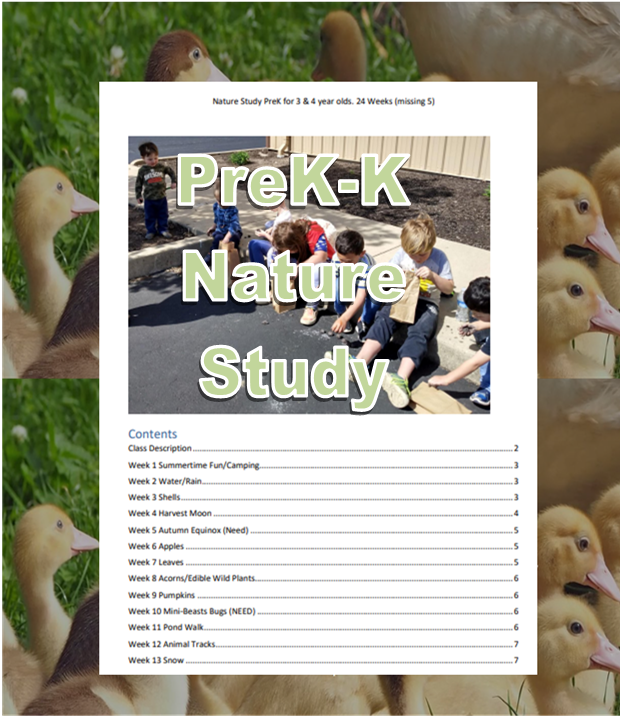
Check out all our FREE homeschool lesson plans with video helps!
EVERYTHING a homeschooler needs - Nearly all on this site is FREE
You don't have to homeschool alone!
Free Homeschool Lesson Plans & Printables
I'm NEW to homeschooling! What do I do?

| Homeschooling101.net







